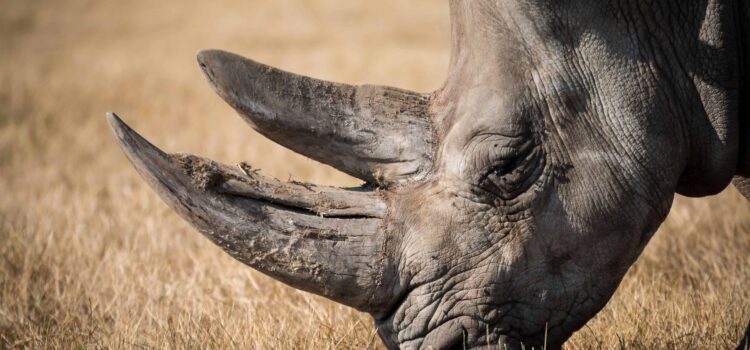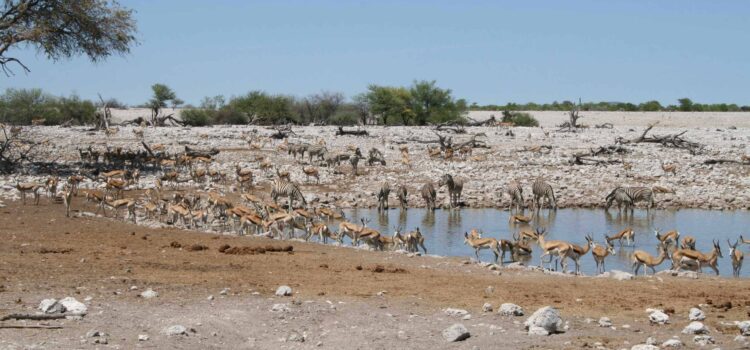This article was written by Larry Laursen and was first published as a NATH (Namibian Academy for Tourism and Hospitality) Subject Knowledge update in April 2016.
The female Hippo gives birth to a baby calf one at a time within a life-span of two to three years. Before and after giving birth, the expecting mother isolates herself for time-period of 10 to 44 days long with the baby. The mother then nurses the baby for 12 months, stays by it in the early yers and protects it. Just like other mammals the femle Hippos feed their babies with their own milk, but one thing that differentiates the Hippo’s milk with other mammals is its color.
Hippos milk is bright pink. The reason is that the hippo secretes two kinds of unique acids called “Hipposudoric acid” and “Norhipposudoric acid”. The former is reddish in color and often known as “blood sweat”, although it is neither blood nor sweat. The latter is is bright orange. Both these acids are strong enough to minimize the growth of bacteria on the hippo’s skin. These acids also act as sunscreen for the hippos skin as they absorb the UV rays that destroy the skin cells. In milking Hippo the two acids get combined with the white milk and thus pink colored milk is ejected.
Hippos give birth to their babies underwater after an 8 month gestation period. As soon as the baby is born it swims upward to catch air. So the first thing that a baby hippo learns is how to swim. A baby weighs about 40 kg.
The milk of the hippo is ejected below the surface of the water. The baby hippos take a deep breath, close their ears and nostrils and then tightly wrap their tongue around one of the two teats situated between the mother’s hind legs and suckle.
Baby hippos start eating grass at the age of three weeks and are weaned at around 8 months.
The baby hippo matures at the age of 7 and females reach reproductive age by 5-6 years.


